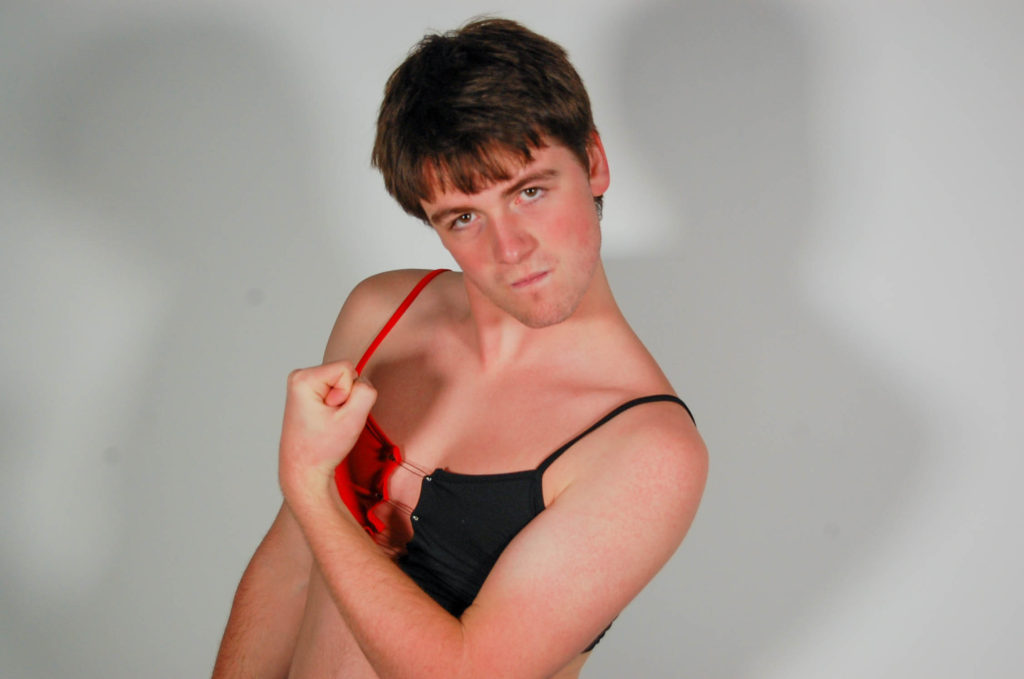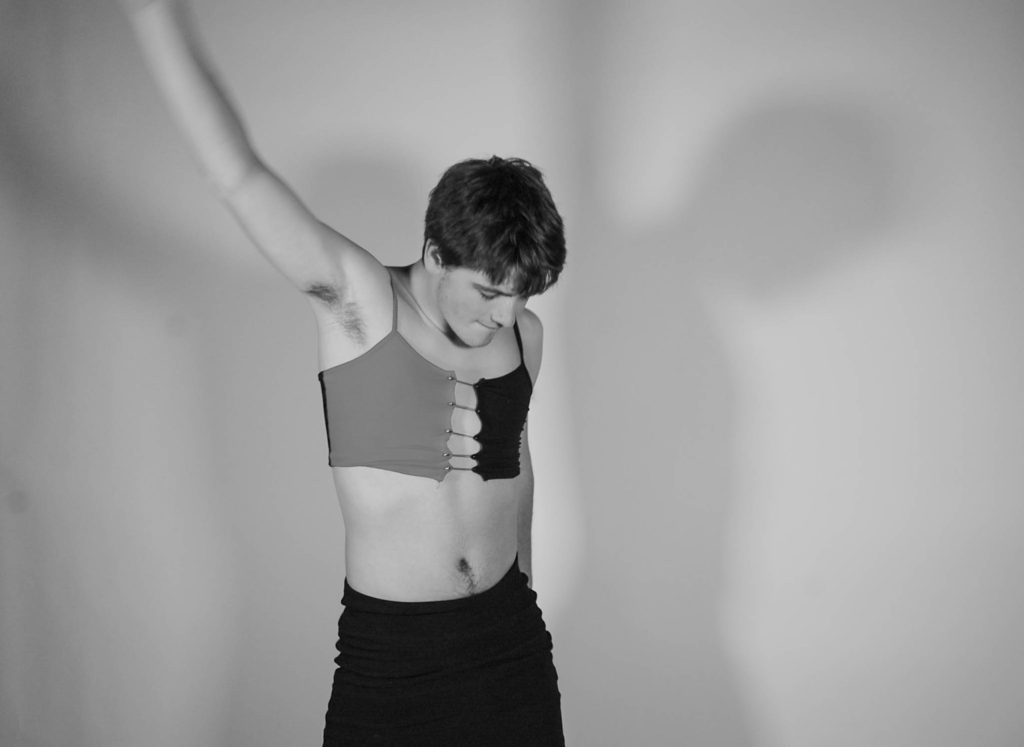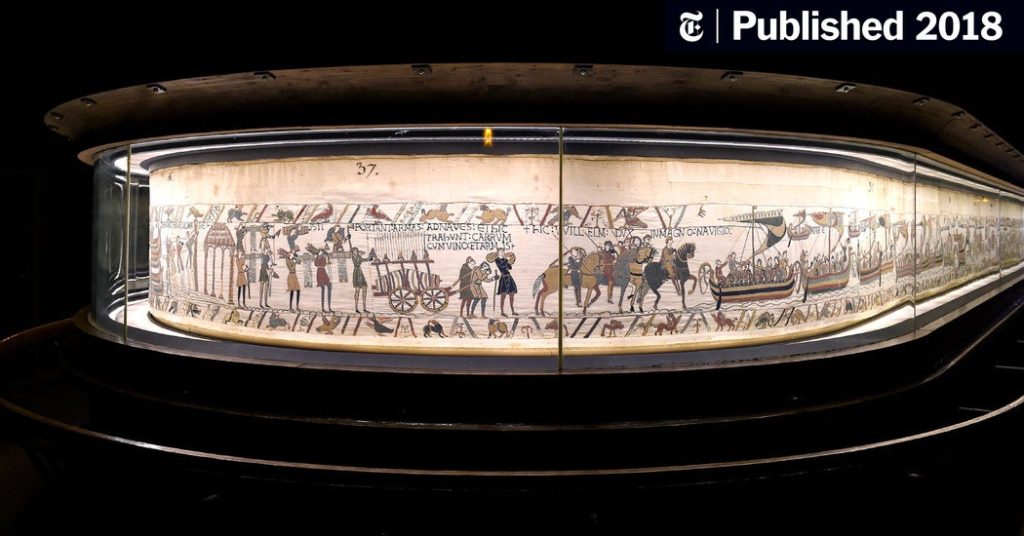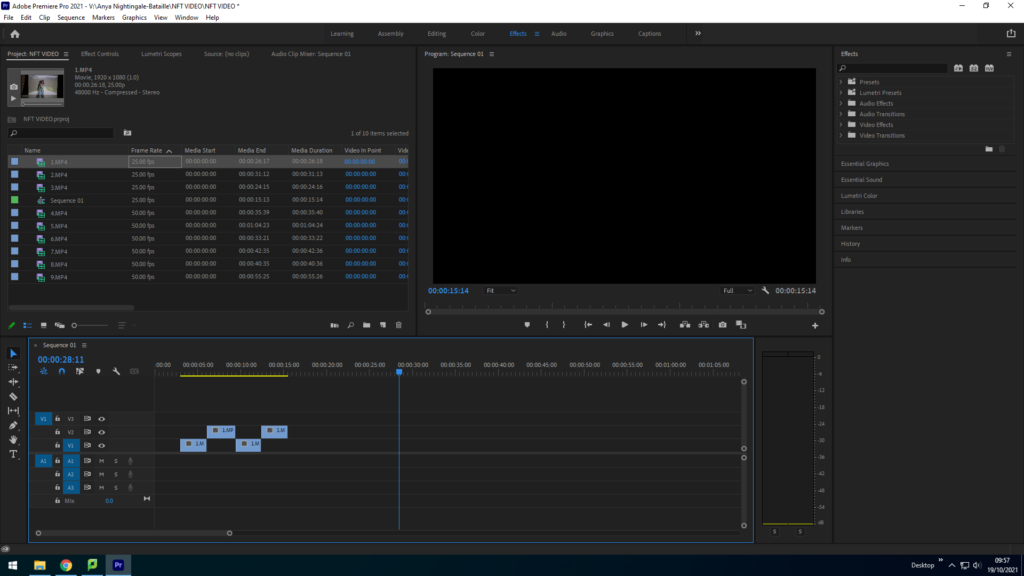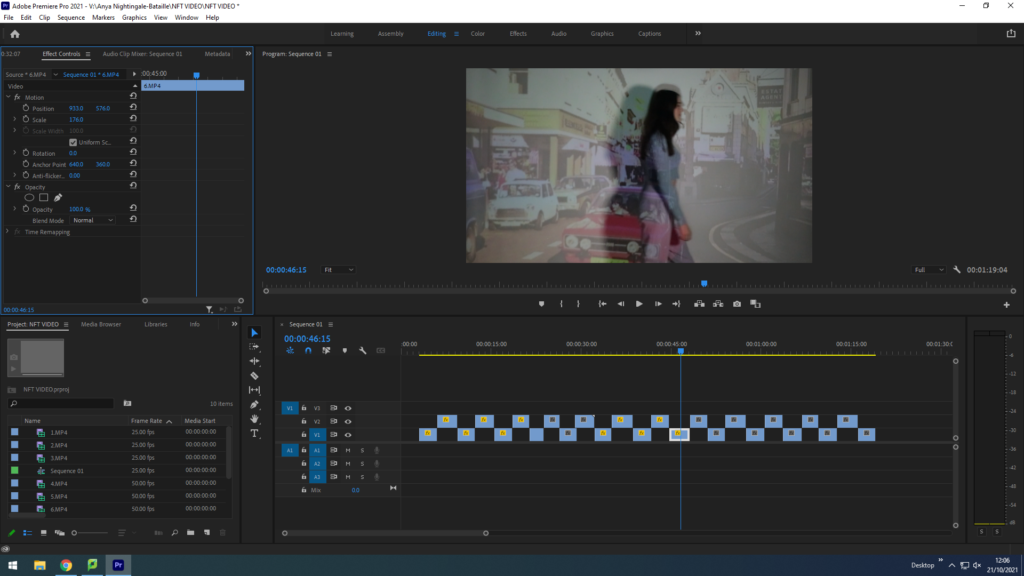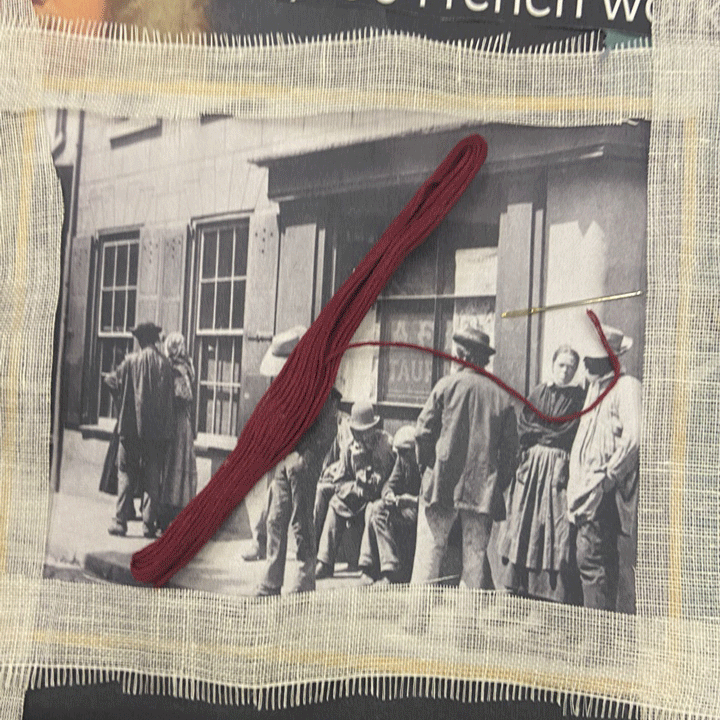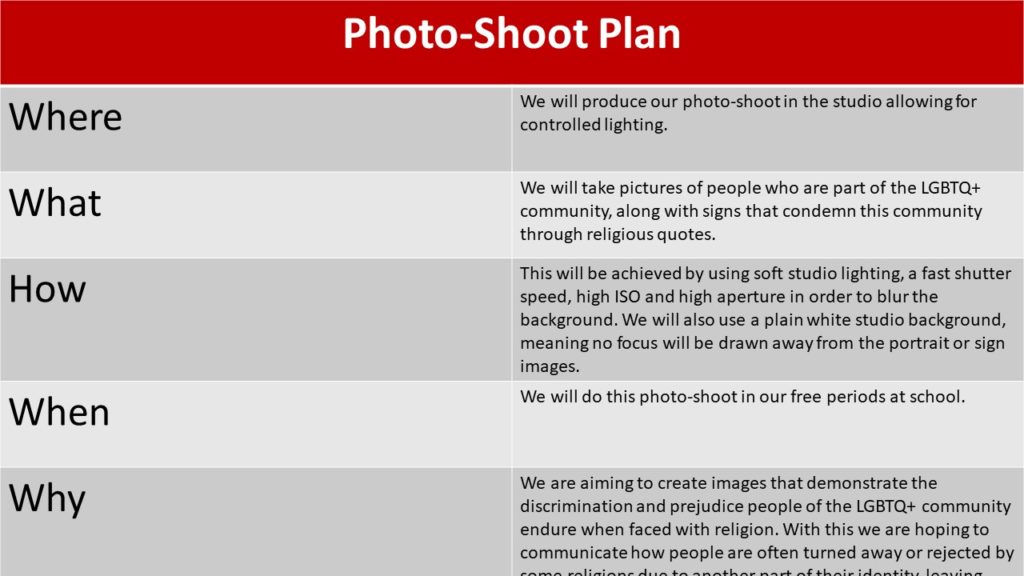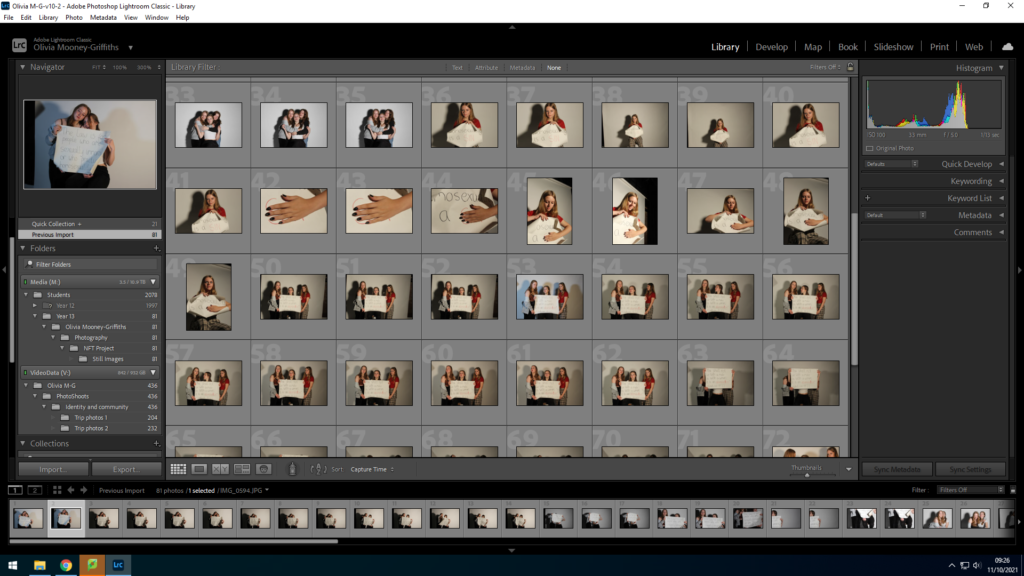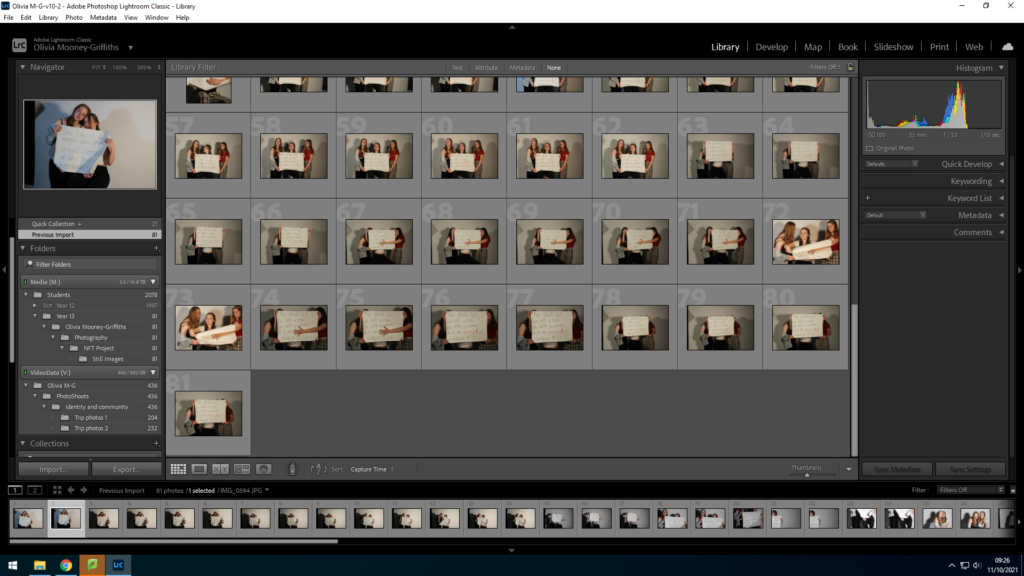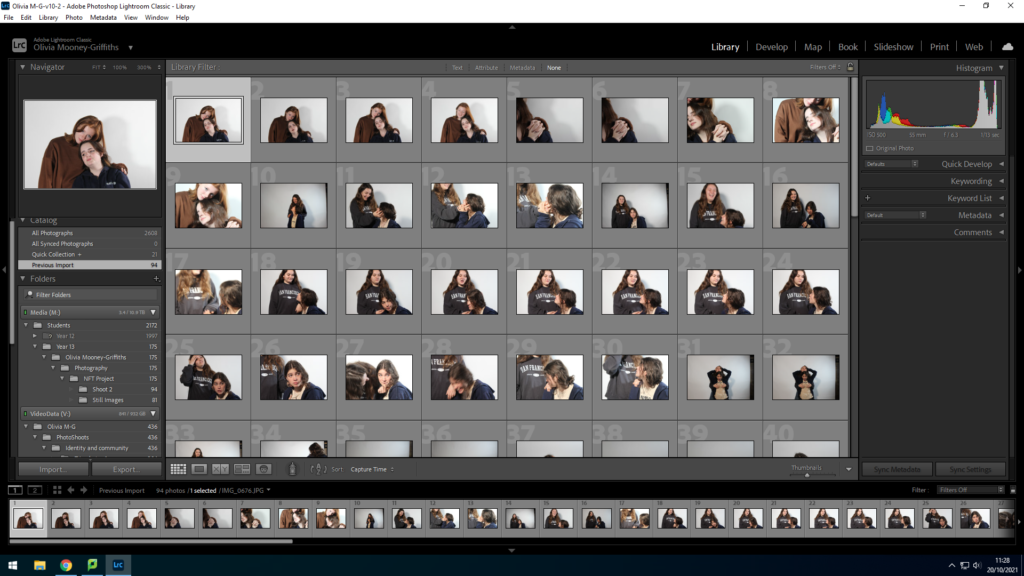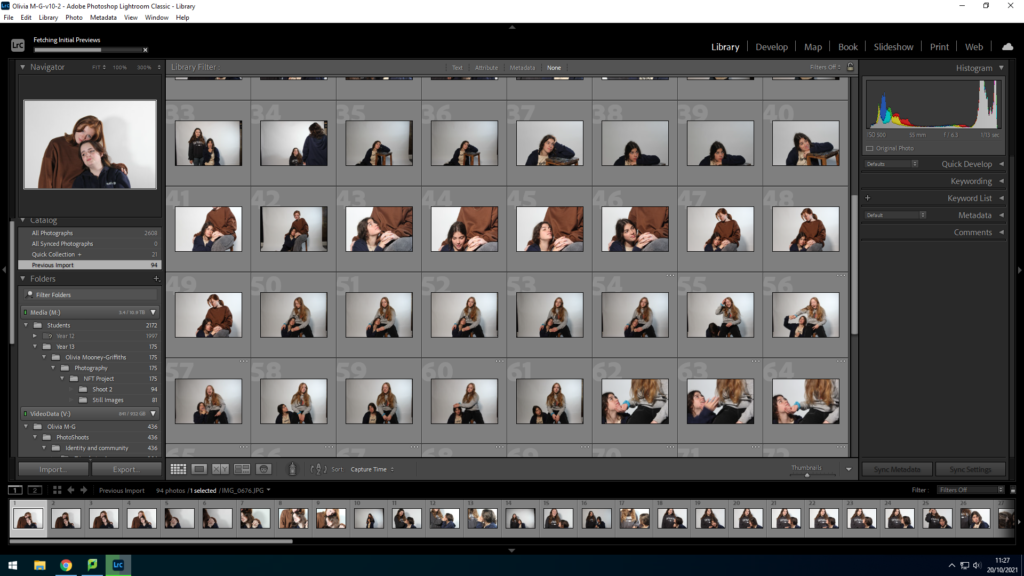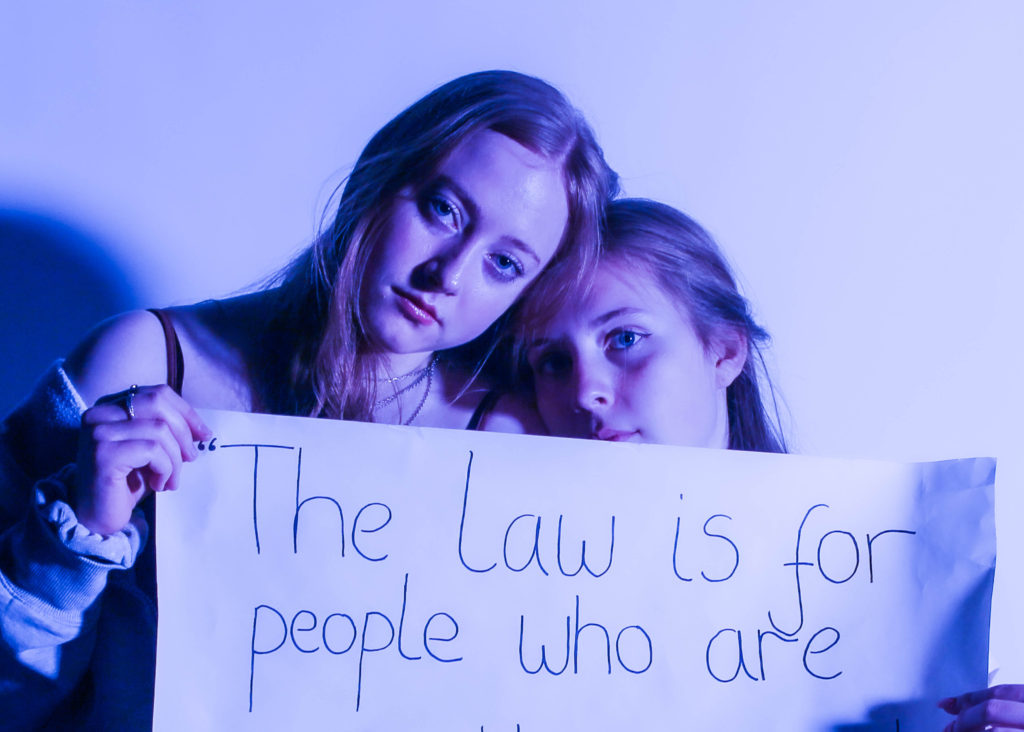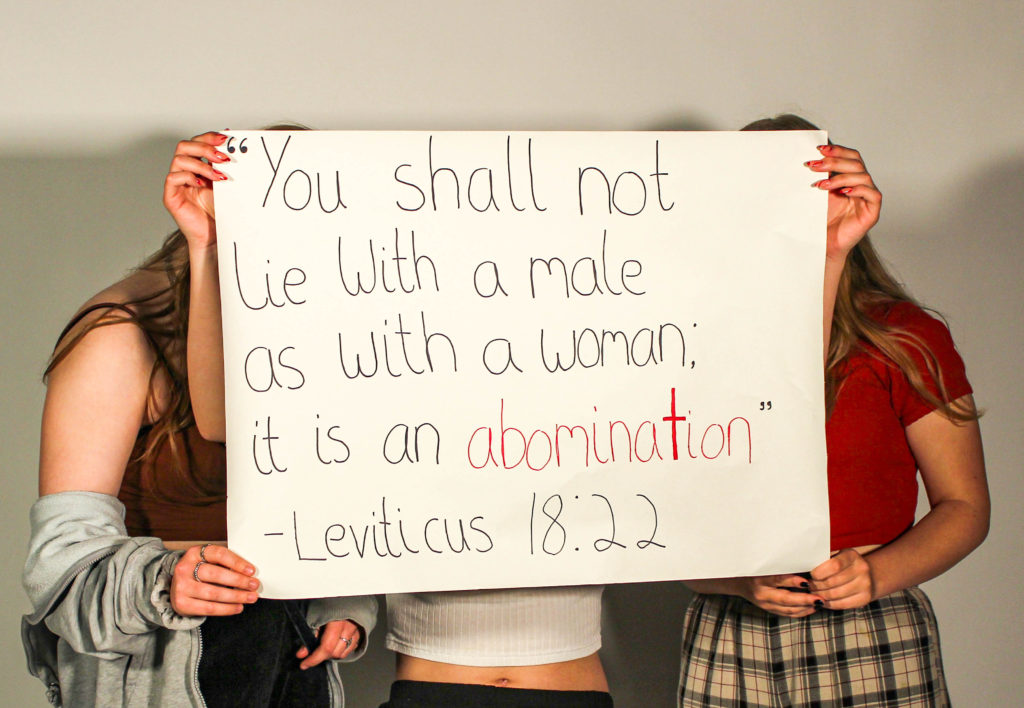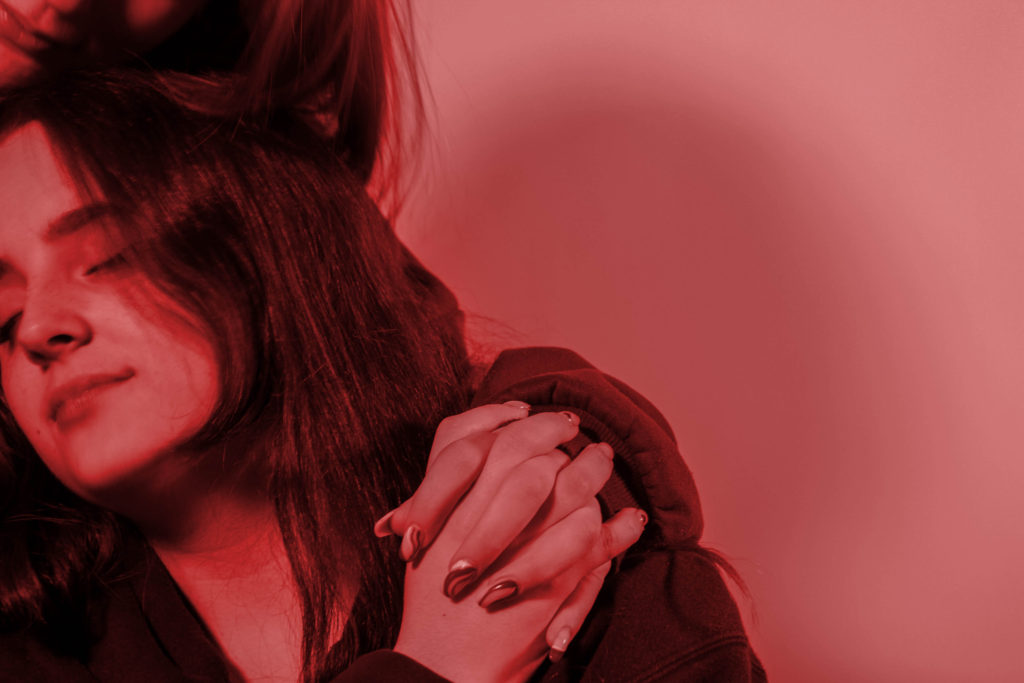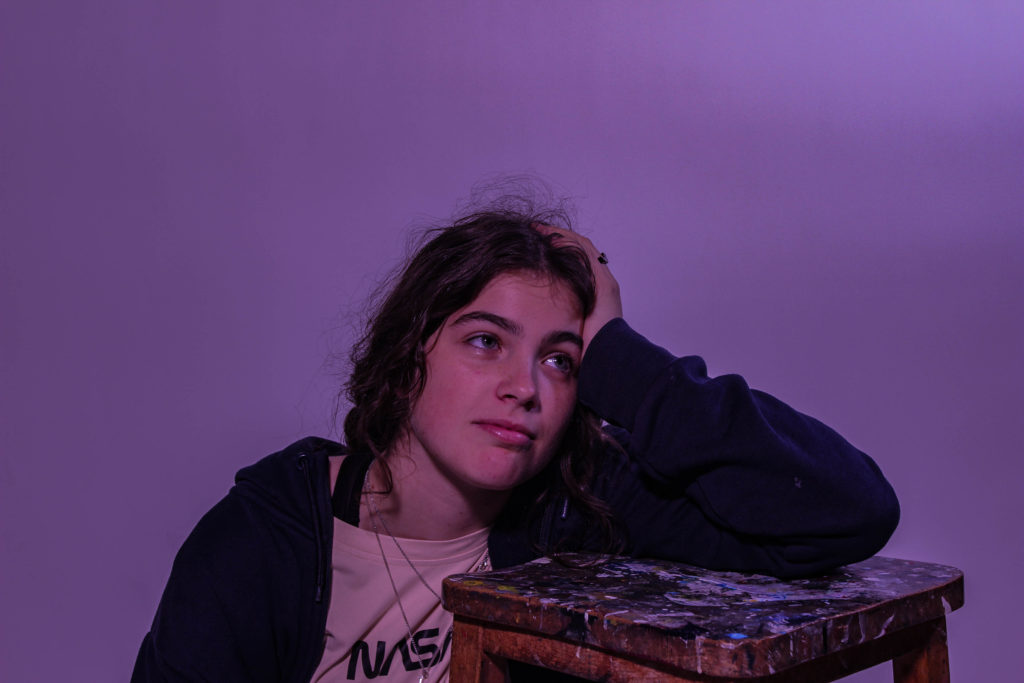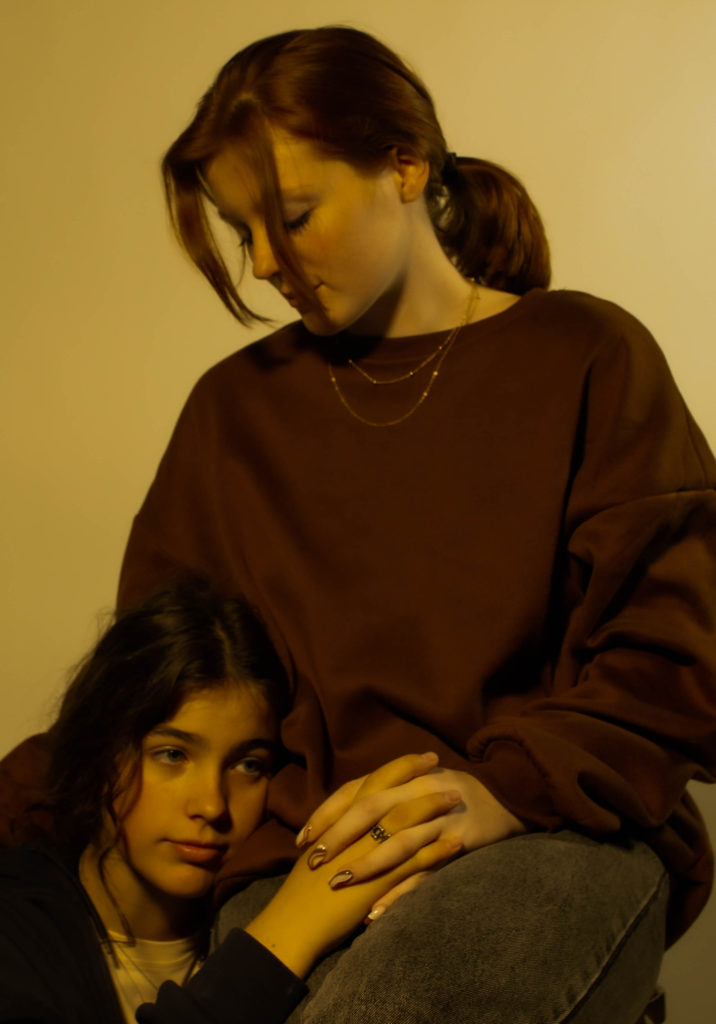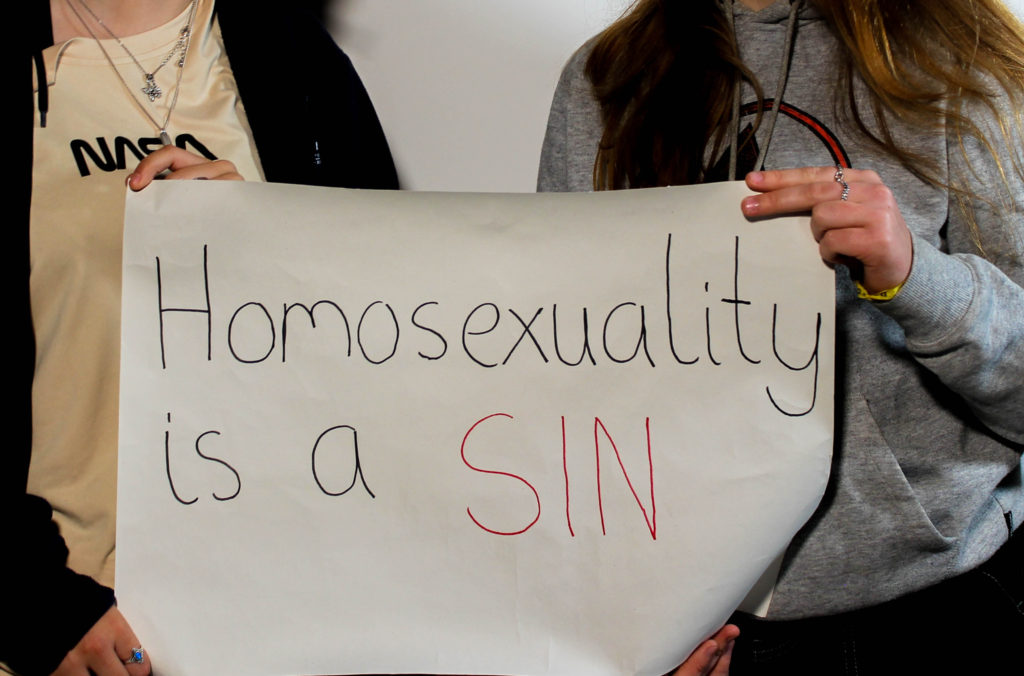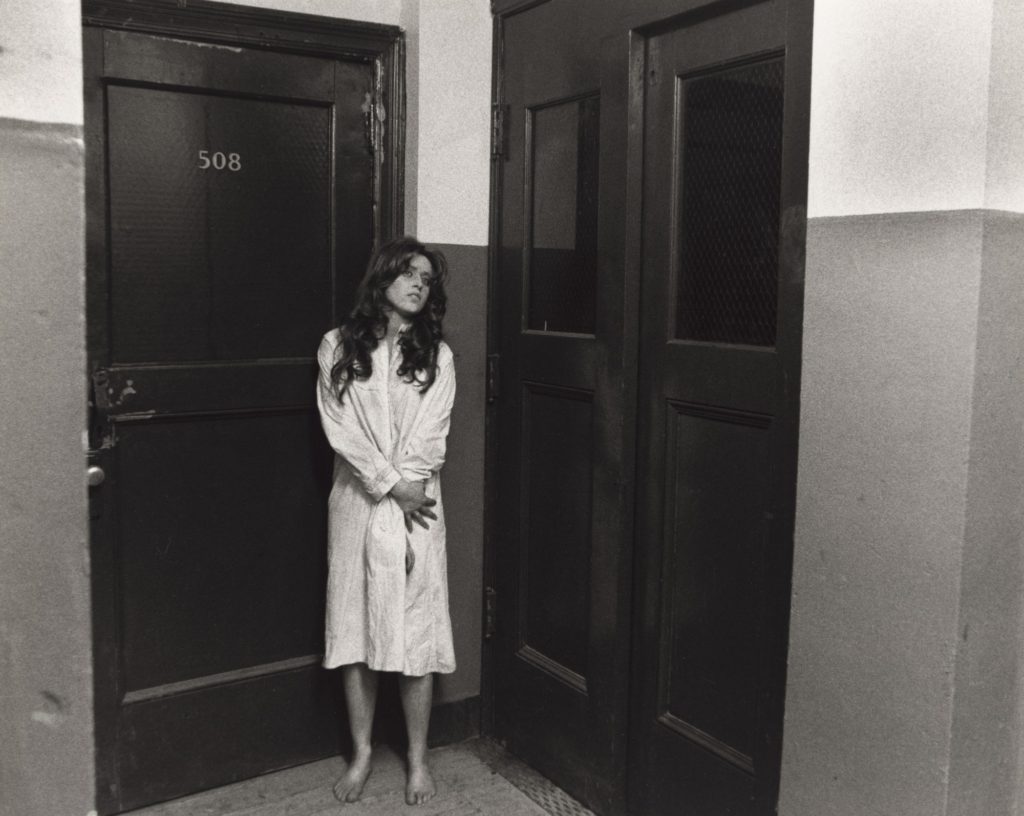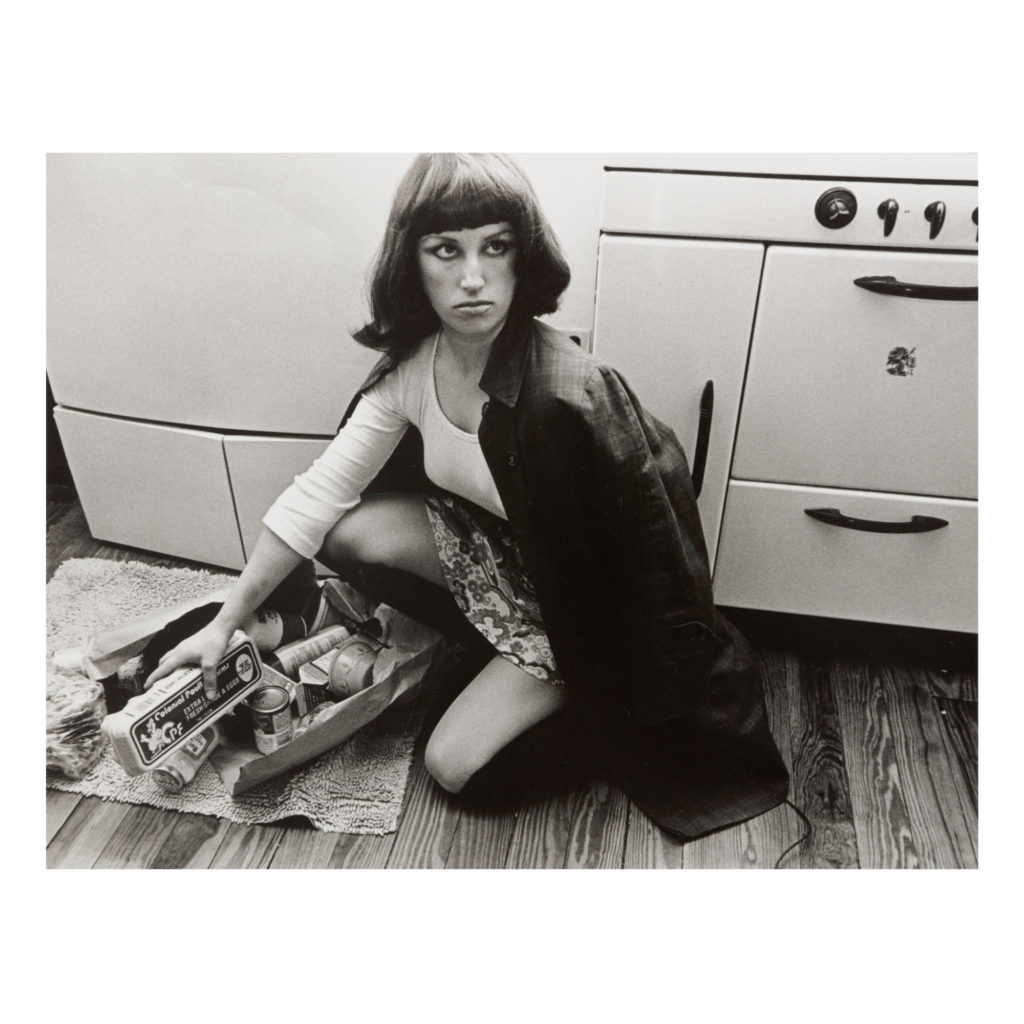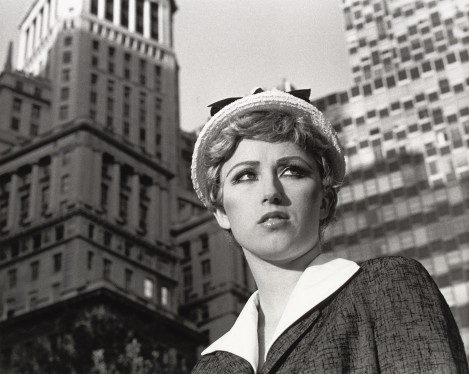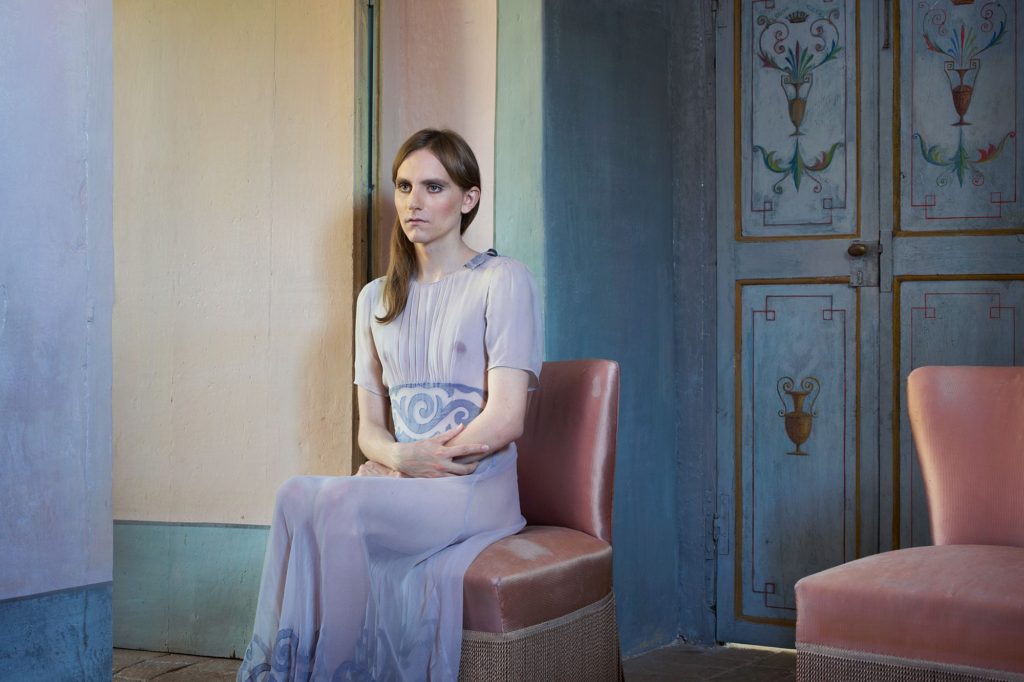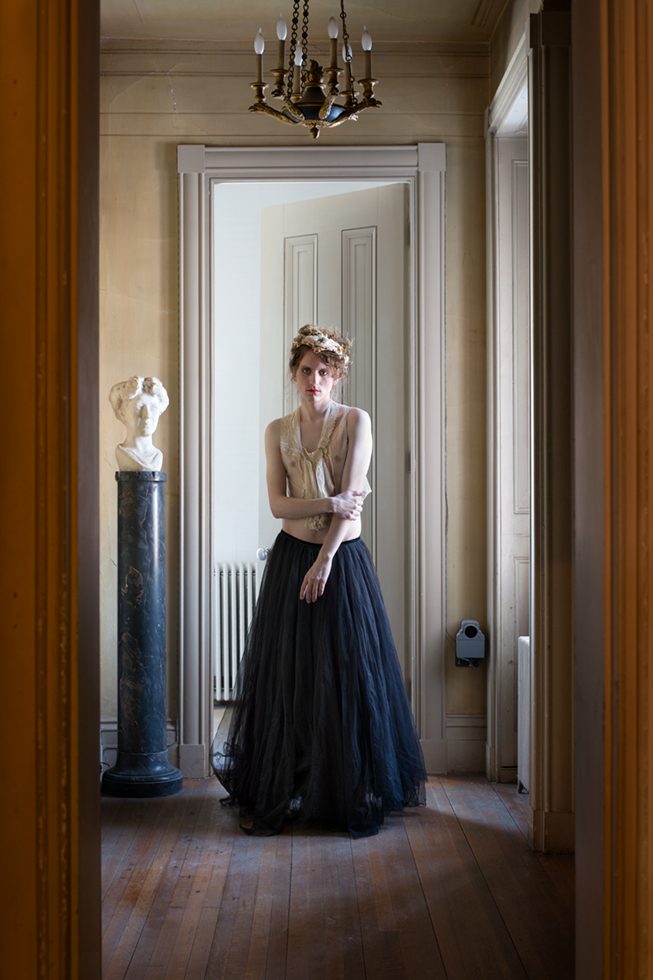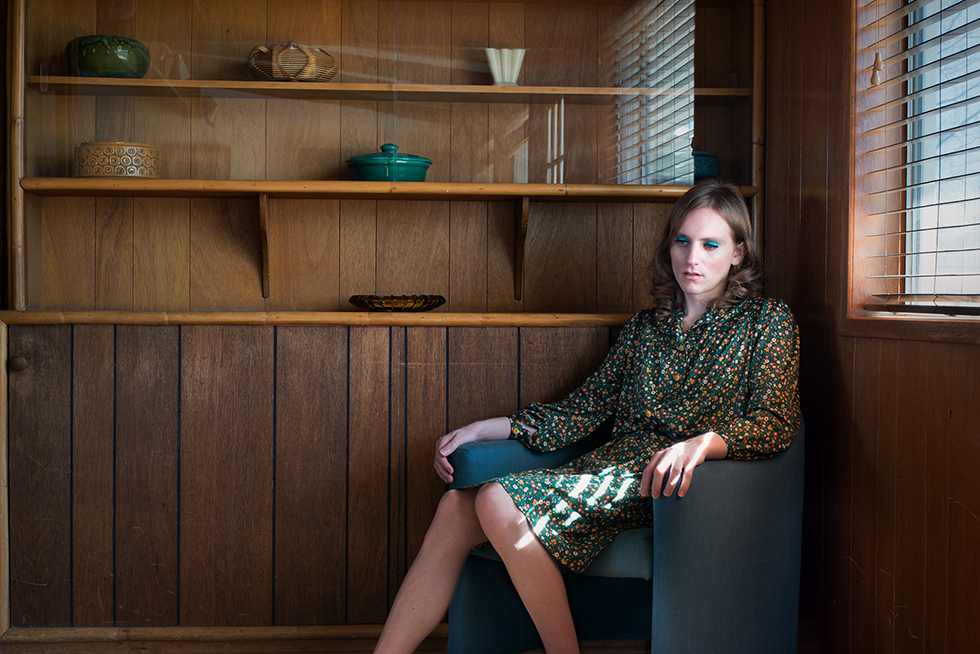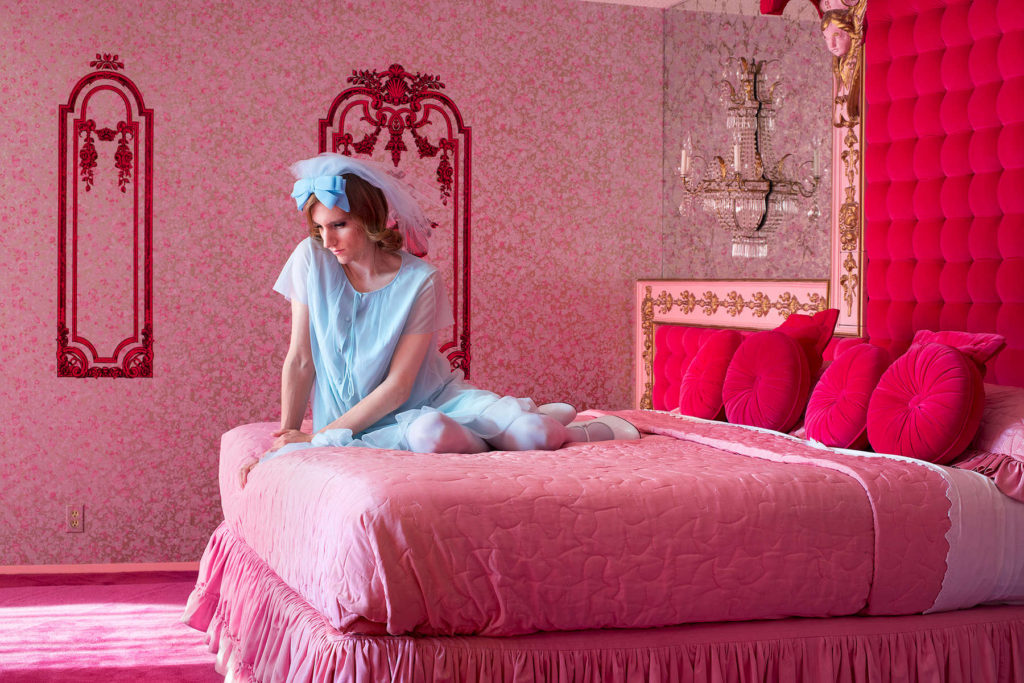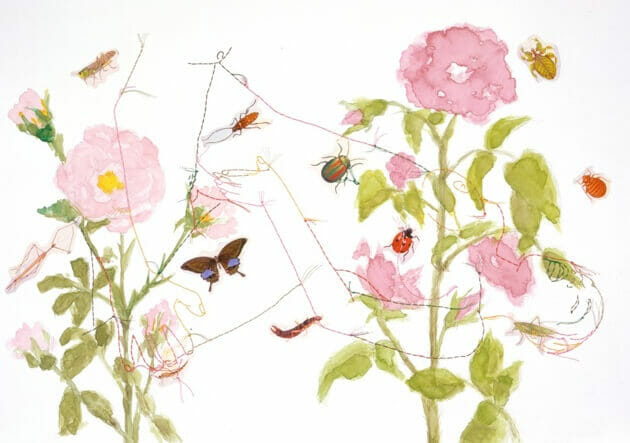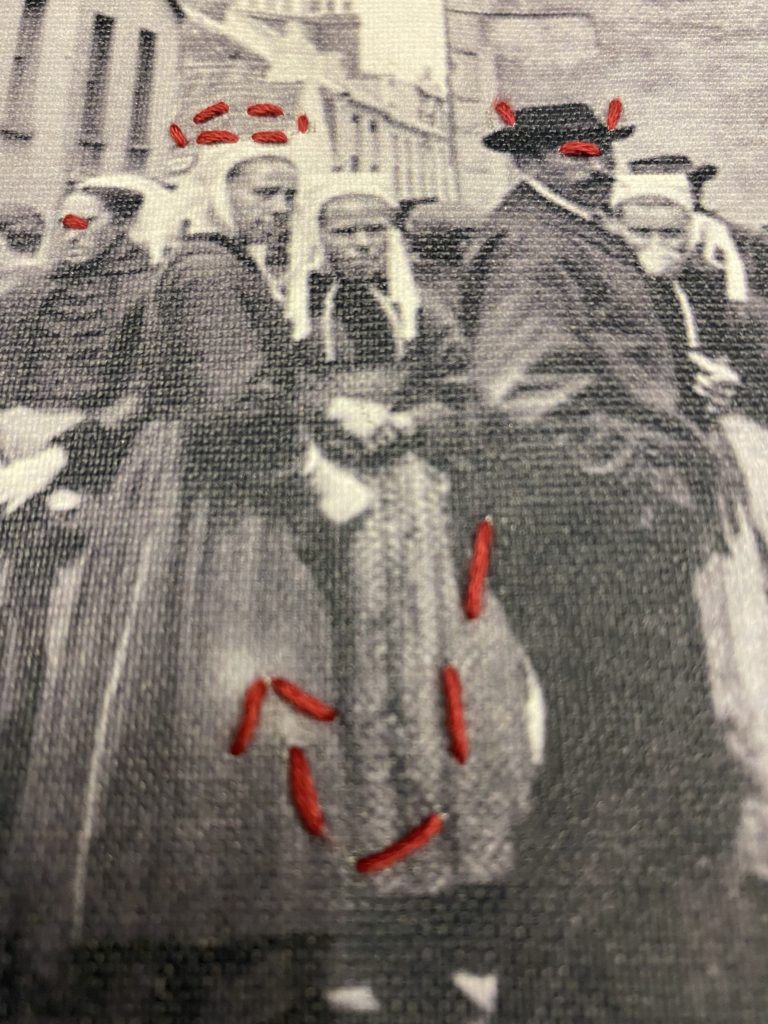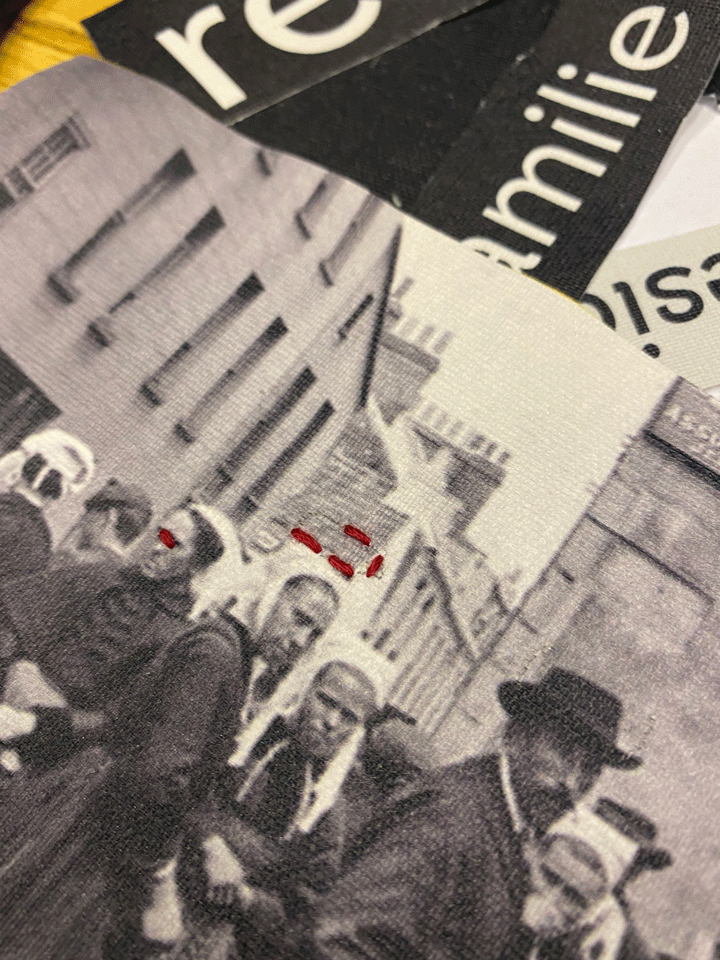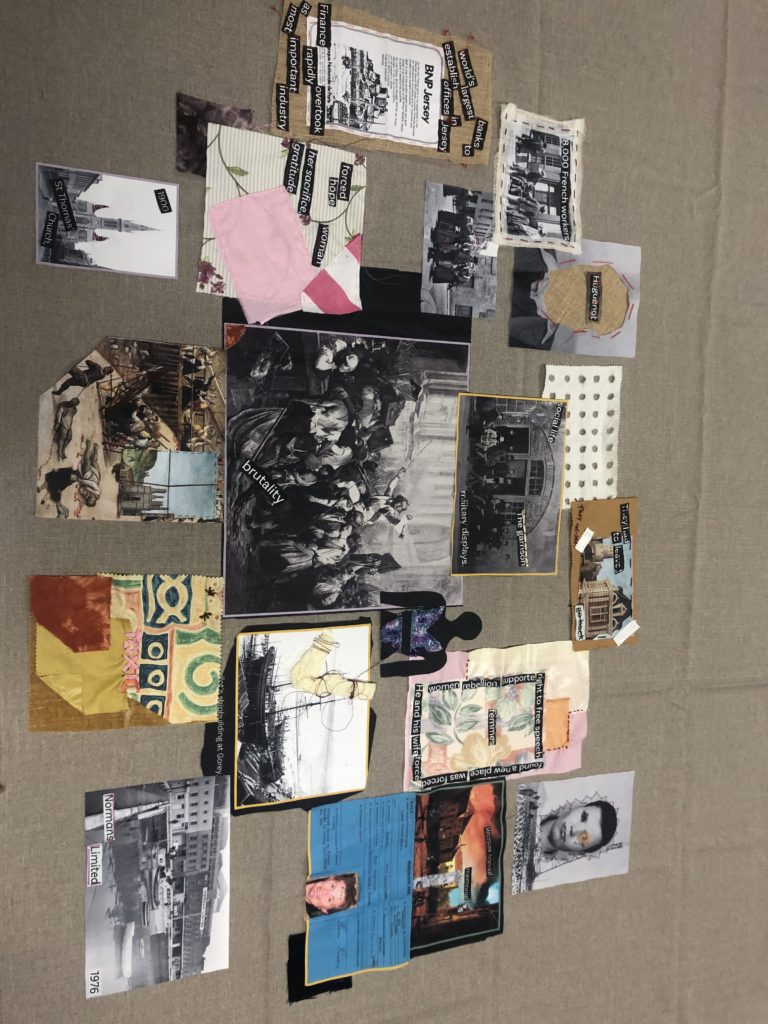Inspiration:
Mario Testino

Mario Testino is a famous fashion photographer who has been nicknamed “[the] godfather of fashion photography”. He has had a very close relationship with the fashion magazine VOGUE, and He has photographed celebrities such as Kate Moss, Oprah, Serena Williams and also the late Prince of Wales with the Duke of Edinburgh and the Duke of Cambridge.
https://time.com/3840119/mario-testino-i-believe-men-have-changed/
Contact Sheet

Edited Images
This first set of images is an over exaggeration of what men are stereotypically expected to be like. We added the pink background as the colour pink is often associated with femininity, we did this to emphasise the fact that anyone can do certain things and be perceived a certain way, and perseveration isn’t always correct.
Favourite image

This is my favourite images because it reminds me of the Uncle Sammy Propaganda that was used so that people would join the US army during the First World War.
This is a powerful pose because it makes the viewer feel as though that the model is looking and pointing at them. It shows that this issue needs to be fixed and we need to stop expecting people to be or act a certain way.
The image is black and white to represent the old fashioned ideas that many people have obtained due to the media. Media is the main for many generations. The media creates opinions and many readers are influenced by what is said.
The black and white could also represent a metaphorical prison. This shows that the model is trapped in a society where he doesn’t feel as though he belongs.
Shoot 2


I believe that this shoot was more successful than the first shoot as I was able to get a range of different poses but also able to zoom in more closely to the model. For this shoot I had a lot more ideas for my model and I feel that this has been shown throughout.
Final Images:
Editing
I used a quick Shutter speed in attempt to capture as much of the model’s movement as possible. The quick shutter speed allowed me to get a lot of images that looked similar so that I could get a range of images for the same pose and then choose the sharpest image.
To edit the images I went onto Lightroom and changes the exposure, as the images were initially very bright, I then went and changed the levels of white and black in the image, once I had done that, I was able to change them to black and white. I kept the shadows quite prominent to highlight the fact that my model could be influencing others to express themselves and to not feel embarrassed.
Analysis
Men should be able to wear whatever they want without the fear of being judged by others . I asked the model to do this shoot as I knew he would be able to stay confident throughout the shoot. This was important to me because, I didn’t want to create a shoot that was specifically chosen to represent people feeling comfortable in their own skin, when my model felt self conscious etc.
I have kept the black and white images separate to the coloured images to highlight the fact that there is always two sides to everyone.
Favourite image
Editing
To take these images I used two harsh white lights to create the shadows on the background. I liked the fact that the lights created two shadows. I believe that it represents the fact that everyone has those personalities that we hide. It relates to the Novella, Dr Jekyll and Mr Hyde, by Robert Louis Stevenson. Stevenson writes about the fact that a very respectable Dr Jekyll, doesn’t always want to be the man everyone sees. This is where Mr Hyde comes in, Hyde is the evil side of Jekyll, he does all the things that if Jekyll was seen doing them, he wouldn’t be seen the same again.
I edited this image in Lightroom. I increased the level of black in the image because the lights created a slight shine on the skirt. It also made the safety pins that keep the shirt together more prominent.
I used a quick shutter speed to try and capture the majority of the movements that the model made. The image I have chosen does have some slight blurring around the arm; however I feel like it works well with the rest of the image. The blurry arm helps emphasise the change in people’s opinions and the fact that more and more people are beginning to accept others for who they are.
Analysis
This is my favourite image because the model has unintentionally replicated the iconic pose that Freddie Mercury adopted. Freddie Mercury didn’t care about what people thought about him, this is why I think this image is successful as our shoot was made to show that people shouldn’t care about what other people think about their appearance.
The fact that the image is in black and white, can represent the fact that some people have very old fashioned ideas, such as believing people should be limited to one style of clothing. The black and white image also represents the model’s fear of expressing himself whilst he is trapped in the male stereotype, which is often shown as a strong, emotionless and the support of the family.
The two tones of the shirt shows that there is never one explanation to something. You can always find a different way if you really need to. The fact that the image is black and white is quite ironic due to the fact we as a group are showing that nothing in the world is truly black and white.













